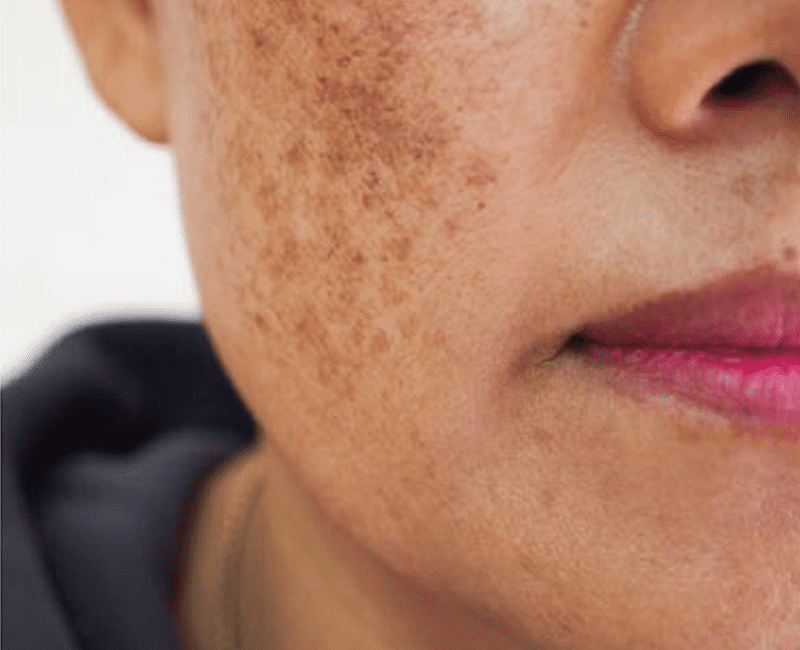Skin Melanosis, also known as hyperpigmentation, refers to the darkening of the skin due to an excess production of melanin. Melanin is the pigment responsible for the color of our skin, hair, and eyes, and it plays a crucial role in protecting the skin from harmful ultraviolet (UV) radiation. However, various factors can lead to an overproduction or uneven distribution of melanin, resulting in dark spots, patches, or overall skin darkening.
Skin melanosis is a common dermatological issue that affects people of all ages and skin types. While it is not typically harmful, it can be a source of cosmetic concern and affect an individual’s self-esteem. Understanding the causes, types, and available treatment options for skin melanosis can help in effectively managing and improving the condition.

Several factors contribute to the development of skin melanosis, including:
Skin melanosis can manifest in various forms, depending on the underlying cause and the pattern of pigmentation. The most common types include:
Address:
Door No. 8-2-293/82/A/725/A, Beside FMS INTERNATIONAL DENTAL CENTER Road No. 37, Hitech City Rd, near Daspalla Hotel, CBI Colony, Jubilee Hills, Hyderabad, Telangana 500033
Email: [email protected]
The treatment of skin melanosis depends on the type, severity, and underlying cause of the hyperpigmentation. Various treatment options are available, ranging from topical treatments to advanced dermatological procedures.
Skin melanosis is a common condition that can be effectively managed with the right combination of treatments. By understanding the causes and types of hyperpigmentation, individuals can choose the most appropriate treatment options to achieve a more even and radiant complexion.
Email: [email protected]
FMS Skin © 2020. All rights reserved. Terms of use and Privacy Policy